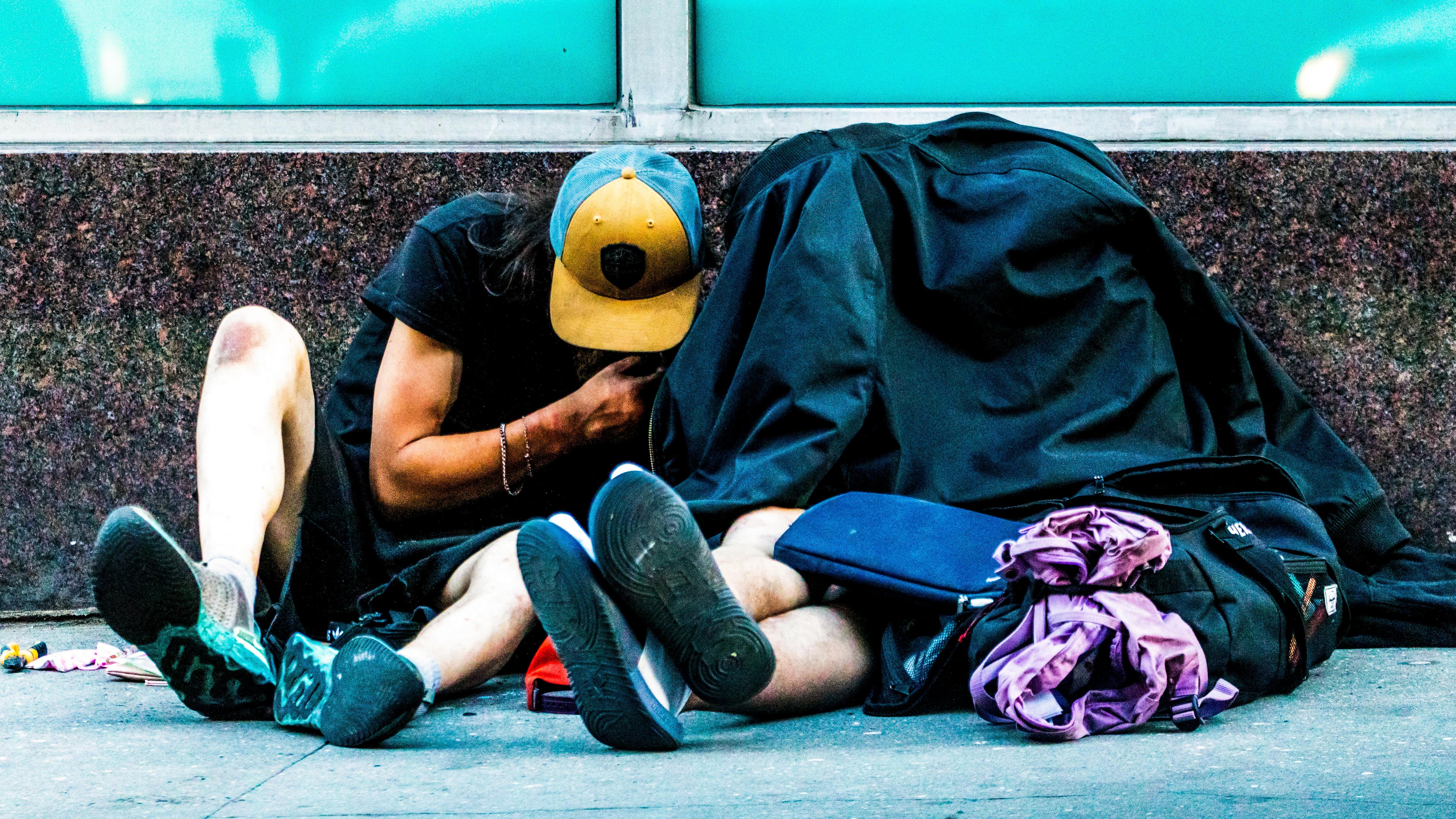Last month, WW examined 10 stories by national news outlets that parachuted into Portland for some disaster tourism. This week, The New York Times added to the clip pile with a front-page feature. (On Aug. 1, the Times followed this story with another: a photo essay of downtown Portland fentanyl use and overdoses.) Here’s the synopsis:
“Fighting for Anthony: The Struggle to Save Portland, Oregon”
The New York Times, July 29, 2023
HOW DOES IT INTRODUCE PORTLAND?
“Come to Portland, his sister said. It’s green and beautiful, people are friendly and there are plenty of jobs.” Those are the opening lines of the Times’ 3,400-word consideration of Portland’s twinned housing and drug crises. Such a kickoff foreshadows an unhappy ending. Indeed, the man who moves to Portland, Anthony Saldana, is soon lost in opioid and meth addiction, and living in a tent under a tree.
WHO WAS INTERVIEWED?
Saldana’s sister, Kaythryn Richardson, and a good Samaritan neighbor, Jakob Hollenbeck, form one narrative, following Saldana’s downward spiral. Reporter Michael Corkery also traces Portland’s larger decline by interviewing Josh Alpert, onetime chief of staff to former Mayor Charlie Hales; Portland Police Sgt. Jerry Cioeta, who decries Measure 110; and Society Hotel co-owner Jesse Burke, who gives the Times her trademark quote about how Portland needs fewer carrots and more sticks.
MOST MEMORABLE QUOTE:
“[Portland] is definitely not what I expected,” says Irida Wren, a transgender Tennessean who moved to Portland seeking homeless services but was stabbed six times in the torso and hands when a man attacked her tent. She and her partner are going back to Memphis.
MOST PERCEPTIVE OBSERVATION:
While it offers no decisive evidence in the eternal debate over whether Portland’s unhoused are locals or newcomers, the story astutely perceives that the city’s allure to young people, some of them troubled, is a recipe for homelessness when combined with high housing costs.
WHAT’S THE DIAGNOSIS?
Portland has more fentanyl than apartments. Those cheap and potent opioids make every problem worse.
WHAT’S THE SOLUTION?
The Times gives more ink to mutual aid efforts than stories of this kind usually do, but doesn’t leave the reader with much optimism that a fix is imminent.
